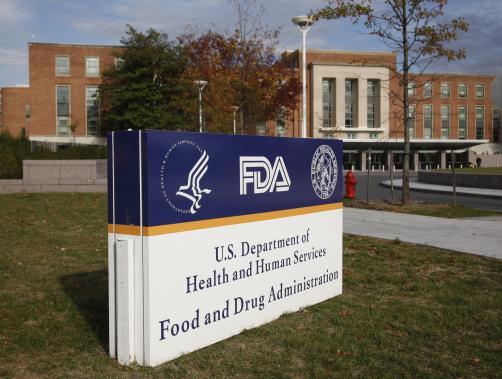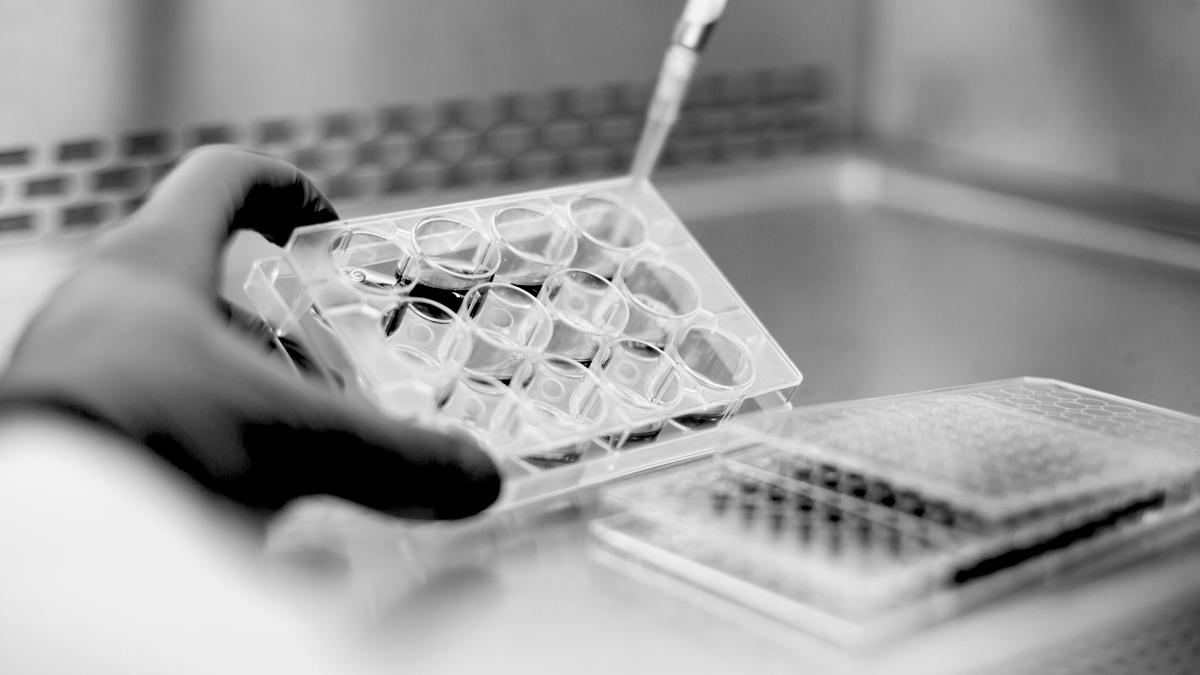FDA approves two biggest new drugs of 2017

Two major potential blockbuster products, Roche’s multiple sclerosis drug Ocrevus and Sanofi and Regeneron's Dupixent for eczema, have gained FDA approval.
Analysts Evaluate Pharma have forecast the drugs will each have sales of around $4.1 billion by 2022, which makes them the two most valuable products among all drugs set for approval in 2017.
And in both cases they represent a significant step forward for patients. Ocrevus (ocrelizumab) is the first disease-modifying drug approved for the debilitating primary progressive form of multiple sclerosis.
In relapsing forms of the disease it offers a new option, and has outperformed interferon beta-1a on the three major markers of disease activity.
Ocrevus reduced relapses per year by nearly half, slowed the worsening of disability and significantly reduced brain lesions compared with interferon over a two-year controlled treatment period, according to trial data.
The drug is a humanised monoclonal antibody designed to selectively target CD20-positive B cells, thought to contribute to damage to myelin nerve insulation and nerve cells. This damage can lead to disability in people with MS.
Ocrevus binds to CD20 cell surface proteins expressed on certain B cells, but not on stem cells or plasma cells, leaving functions of the immune system preserved.
The FDA had delayed its decision on Ocrevus by three months because of manufacturing issues, which have now been addressed.
Novartis is also developing its own MS drug, BAF312 for secondary progressive multiple sclerosis, which could be approved in the second half of this year.
Ocrevus will be an important drug for Roche, which is faced with declining sales of its “big three” blockbuster cancer drugs, Herceptin, MabThera and Avastin.
New option for eczema patients
Meanwhile, Sanofi and Regeneron's Dupixent is a new option for people with moderate-to-severe atopic dermatitis (eczema), whose disease is inadequately controlled with topical prescription therapies, or when those therapies are not advisable.
Results of the SOLO1 and SOLO2 studies showed respectively that after 16 weeks’ treatment 38% and 36% of patients who received Dupixent monotherapy every two weeks achieved clear or almost clear skin, as measured on a five-point scale, compared with 10% and 9% on placebo.
The drug also improved an eczema area score and an itch score, the studies showed.
The companies also conducted a study in combination with topical corticosteroids, showing 39% of patients receiving the treatment every two weeks with steroids achieved clear or almost clear skin, compared with 12% of patients on placebo with steroids. As with monotherapy, the combination also gave an improvement in severity and itch scores.
Dupixent comes in a prefilled syringe that is injected by the patient. It is designed to specifically inhibit overactive signalling of two key proteins, IL-4 and IL-13, which are believed to be major drivers of the persistent underlying inflammation in eczema.
It will cost $37,000 a year at wholesale prices, although costs to patients, payers, and health systems will be lower after discounts, rebates, or patient assistance programmes.
Sanofi badly needed Dupixent to be approved – its Lantus insulin faces biosimilar competition and its Praluent cholesterol drug could be pulled from the US market following a legal challenge from Amgen.













